
Yapak: The Hidden Gem of Boracay
Discover Yapak in Boracay: A serene escape with pristine beaches, vibrant marine life, and a touch of traditional Filipino charm.
Yapak, located on the northern end of Boracay, is a tranquil escape from the island's bustling tourist hotspots. Known for its stunning natural beauty, Yapak is home to some of the most pristine beaches and scenic landscapes in the Philippines. The neighbourhood is particularly famous for Puka Shell Beach, a long stretch of powdery white sand adorned with naturally occurring puka shells, offering a serene retreat for those looking to unwind. Apart from its beaches, Yapak boasts a variety of outdoor activities. Adventurous visitors can explore the Bat Cave, a natural wonder filled with stalactites and stalagmites, and inhabited by thousands of fruit bats. The neighbourhood is also a haven for snorkelers and divers, with its vibrant coral reefs and diverse marine life. For those interested in local culture, Yapak offers a glimpse into traditional Filipino life, with local markets and eateries serving delicious native cuisine. Yapak is less commercialized compared to other parts of Boracay, making it an ideal destination for those seeking a more authentic and peaceful experience. Whether you're lounging on its secluded beaches, exploring its natural caves, or immersing yourself in the local culture, Yapak promises a memorable and enriching visit.
Local tips in Yapak
- Visit Puka Shell Beach early in the morning to avoid crowds and enjoy the sunrise.
- Bring water shoes if you plan to explore the Bat Cave, as the terrain can be rugged.
- Don't miss out on the local seafood delicacies available at small, family-run eateries.
- Hire a local guide for snorkeling trips to discover the best spots in the coral reefs.
- Carry cash as many local vendors and eateries may not accept credit cards.
Yapak: The Hidden Gem of Boracay
Yapak, located on the northern end of Boracay, is a tranquil escape from the island's bustling tourist hotspots. Known for its stunning natural beauty, Yapak is home to some of the most pristine beaches and scenic landscapes in the Philippines. The neighbourhood is particularly famous for Puka Shell Beach, a long stretch of powdery white sand adorned with naturally occurring puka shells, offering a serene retreat for those looking to unwind. Apart from its beaches, Yapak boasts a variety of outdoor activities. Adventurous visitors can explore the Bat Cave, a natural wonder filled with stalactites and stalagmites, and inhabited by thousands of fruit bats. The neighbourhood is also a haven for snorkelers and divers, with its vibrant coral reefs and diverse marine life. For those interested in local culture, Yapak offers a glimpse into traditional Filipino life, with local markets and eateries serving delicious native cuisine. Yapak is less commercialized compared to other parts of Boracay, making it an ideal destination for those seeking a more authentic and peaceful experience. Whether you're lounging on its secluded beaches, exploring its natural caves, or immersing yourself in the local culture, Yapak promises a memorable and enriching visit.
Iconic landmarks you can’t miss
Boracay
Discover the enchanting beauty of Boracay, an island paradise in the Philippines famous for its stunning beaches, vibrant nightlife, and thrilling water sports.
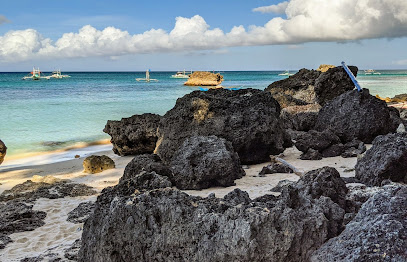
Puka Shell Beach
Experience the serene beauty of Puka Shell Beach, a hidden gem in the Philippines known for its stunning white sands and vibrant marine life.
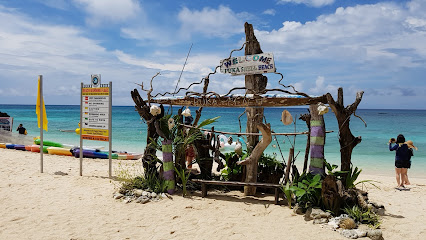
Willy's Rock
Discover the stunning beauty of Willy's Rock, a scenic gem in Aklan, Philippines, perfect for relaxation and breathtaking views.
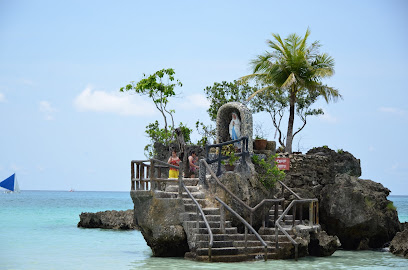
Puka Beach
Discover the tranquility of Puka Beach in Aklan, where powdery sands meet crystal-clear waters and every sunset is a breathtaking spectacle.
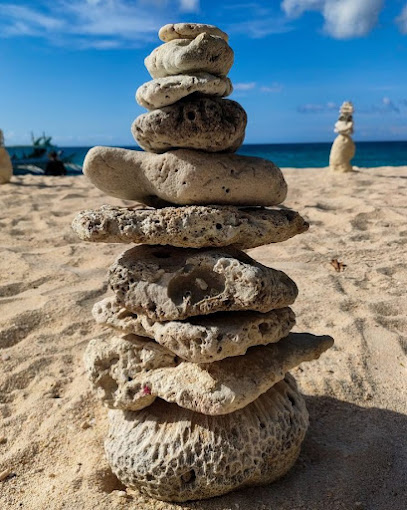
Cujo's Keyhole
Experience the breathtaking beauty of Cujo's Keyhole, a unique rock formation in Malay, Aklan, perfect for nature lovers and adventure seekers.
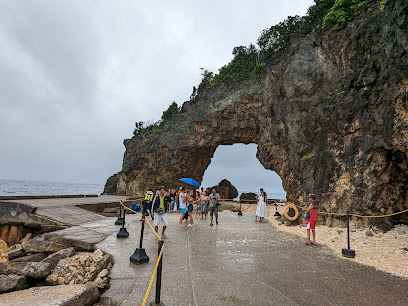
Ilig-Iligan Beach
Discover the tranquil beauty of Ilig-Iligan Beach in Aklan, where white sands and clear waters create the perfect tropical escape.
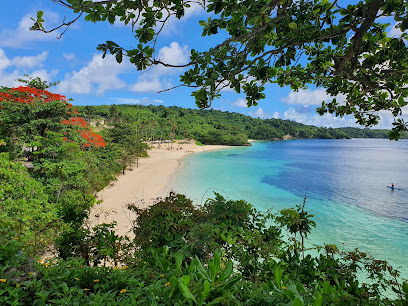
Mt. Luho View Deck
Discover the stunning panoramic views of Boracay Island from Mt. Luho View Deck, an unmissable attraction for scenic beauty and unforgettable sunsets.
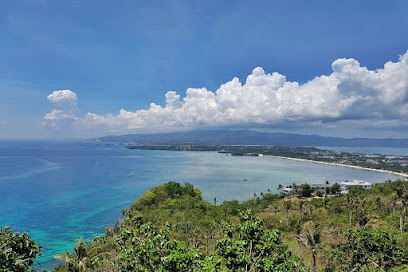
Hagdan Beach
Discover the tranquil beauty of Hagdan Beach in Aklan, where pristine sands and crystal-clear waters create a perfect escape for tourists.
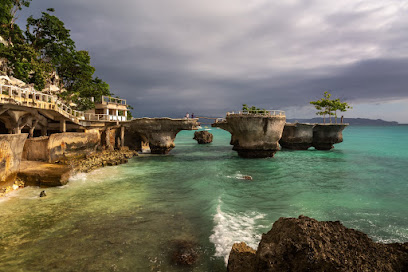
Balinghai Beach
Explore Balinghai Beach, a serene tropical escape in Aklan, Philippines, where pristine sands meet azure waters for an unforgettable getaway.
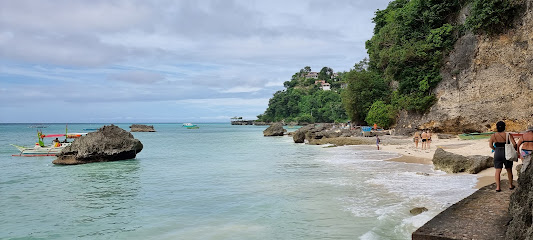
House of Howell-Boracay
Discover the charm of Boracay at the House of Howell, a cultural treasure offering history, beauty, and warm hospitality in a tropical paradise.
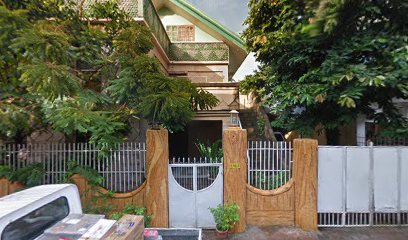
Unmissable attractions to see
Bulabog Viewpoint
Experience the stunning panoramic vistas of Bulabog Viewpoint, a serene escape in Boracay, showcasing nature's beauty and breathtaking sunsets.
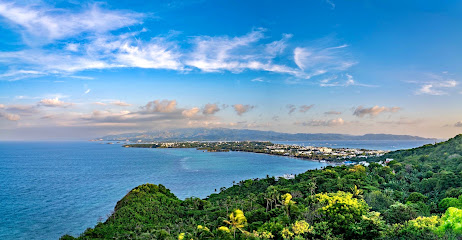
Bulabog Beach
Discover the serene beauty of Bulabog Beach, perfect for relaxation and thrilling water sports in Boracay, Aklan.
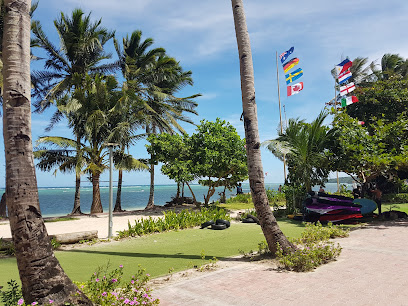
I Love Boracay
Explore the vibrant atmosphere of 'I Love Boracay', where stunning beaches meet thrilling adventures and rich local culture.
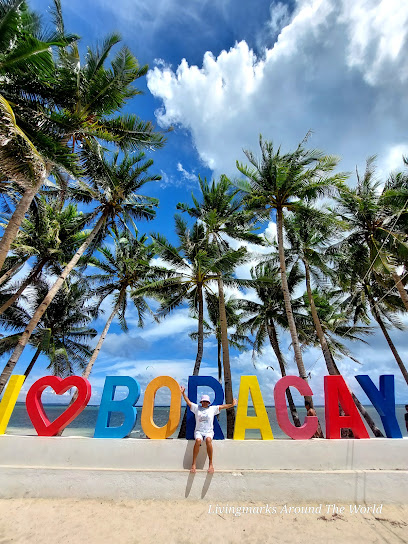
House of Howell-Boracay
Discover the vibrant culture and warm hospitality at the House of Howell in Boracay, a must-visit destination for every traveler.
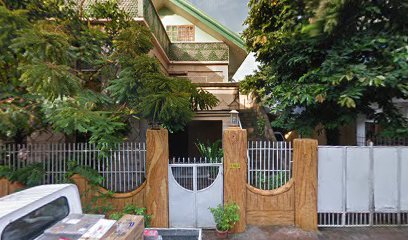
Essential places to dine
Sirena Seafood Restaurant – Shangri-La
Experience unparalleled seafood delights and breathtaking views at Sirena Seafood Restaurant in Boracay.
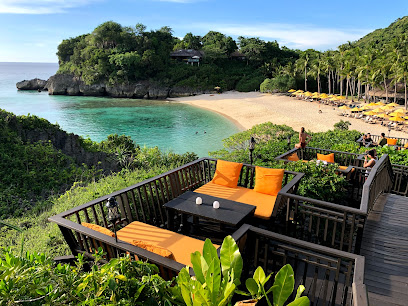
Dinibeach Bar and Restaurant
Experience beachfront dining at its best at Dinibeach Bar and Restaurant on Boracay Island - where exquisite flavors meet stunning ocean views.
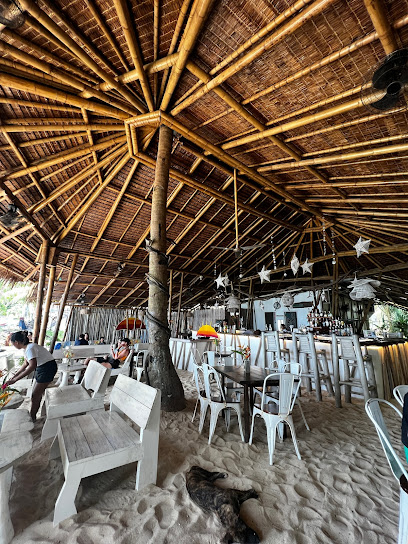
Vintana at Shangri-La's Boracay Resort & Spa
Experience culinary excellence with breathtaking views at Vintana in Shangri-La's Boracay Resort & Spa - a must-visit for food lovers.
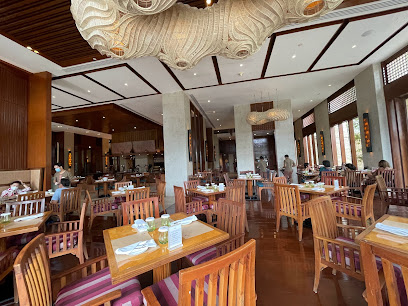
Rima Mediterranean Treetop Dining
Experience exquisite Mediterranean flavors amidst nature's beauty at Rima Treetop Dining on Boracay Island.
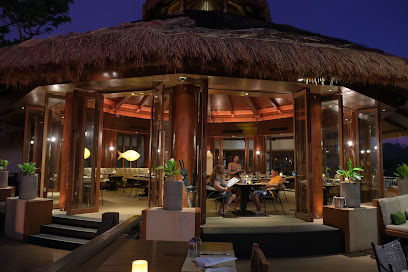
We Chill Restaurant
Experience culinary bliss at We Chill Restaurant in Boracay - where fresh flavors meet stunning views in a tropical paradise.
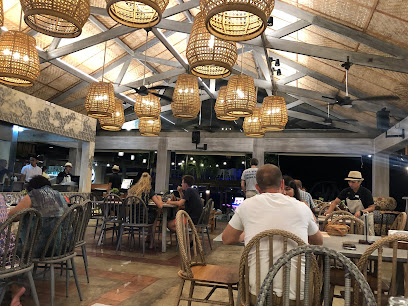
Blue sea restaurant and ktv bar
Discover the perfect blend of delicious Asian cuisine and lively KTV entertainment at Blue Sea Restaurant in Malay, Aklan.
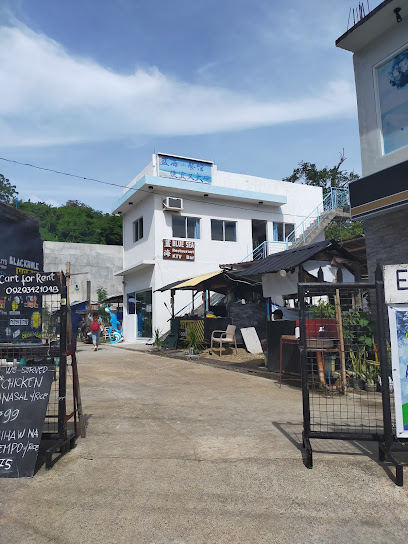
Red Apol Restaurant
Experience authentic Filipino cuisine at Red Apol Restaurant in Boracay - where every dish tells a story of flavor and tradition.
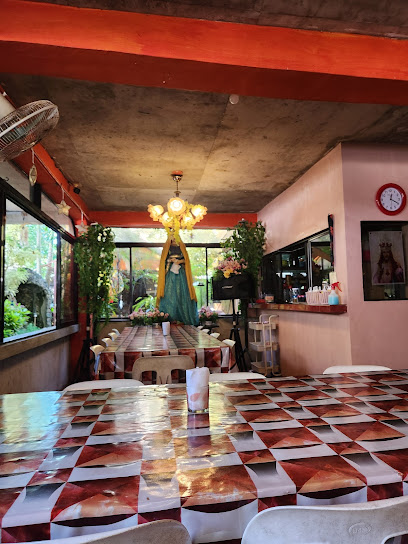
Toto’s Bar and Resto
Discover Toto's Bar and Resto in Aklan - where local flavors meet warm hospitality in a vibrant dining atmosphere.
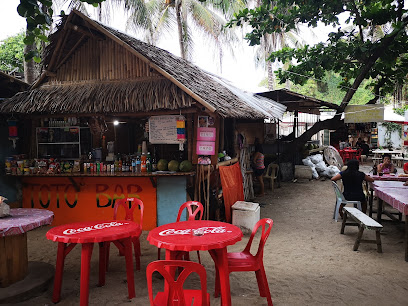
Isla Tapsibugan
Discover Isla Tapsibugan: A culinary gem on Boracay Island offering authentic Filipino cuisine and delightful seafood dishes in a vibrant market setting.
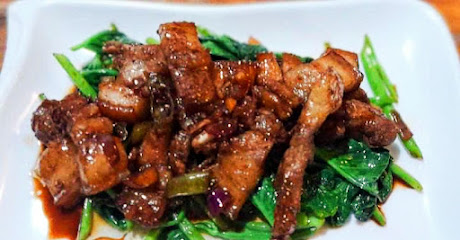
Jane's Menu
Experience authentic Filipino cuisine with fresh local ingredients at Jane's Menu in Malay, Boracay - a culinary gem for every food lover.
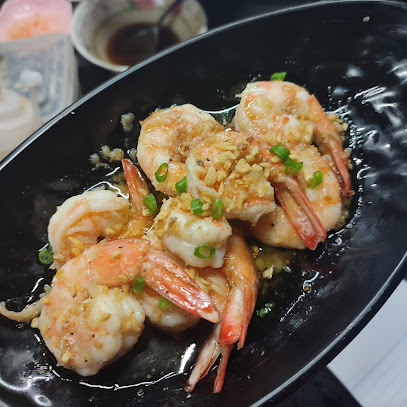
Markets, malls and hidden boutiques
Bersaba Store
Discover Bersaba Store in Boracay: Your local grocery haven for fresh produce, snacks, and essentials amidst your island adventures.
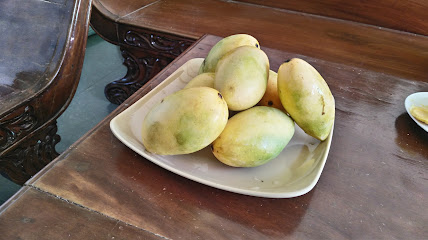
AT IZ Boracay Co. (GIFT MARKET)
Explore a vibrant gift shop in Boracay offering unique souvenirs and local handicrafts that capture the spirit of this tropical paradise.

Paraw World Boracay
Discover unique treasures at Paraw World Boracay, where handcrafted souvenirs celebrate the island's vibrant culture and artistry.
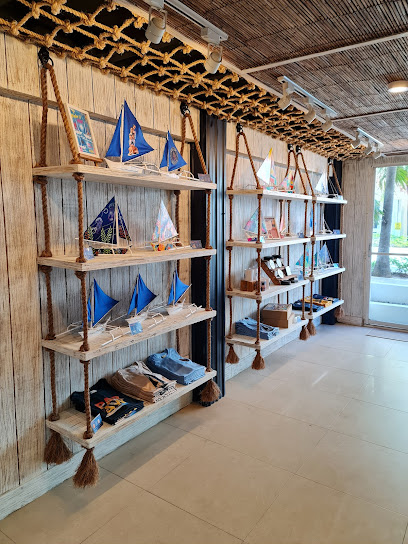
Paul & Shark
Discover luxurious fashion at Paul & Shark in Shangri-La's Boracay Resort & Spa, where style meets the beauty of paradise.
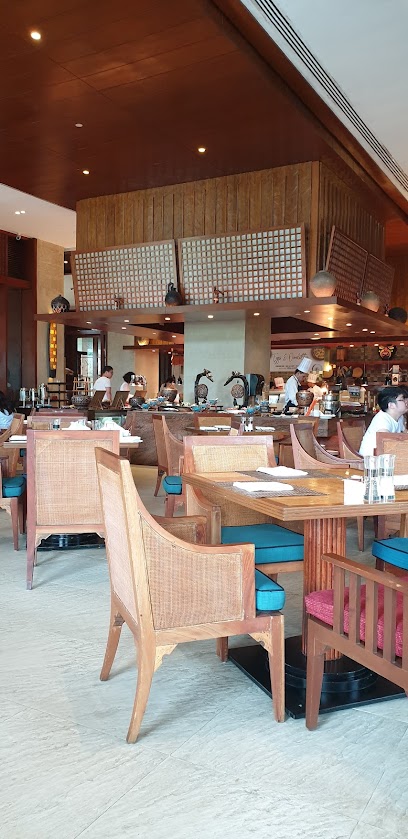
Stables boutique
Explore Stables Boutique in Boracay for unique fashion finds and local treasures, capturing the island's vibrant spirit in every piece.
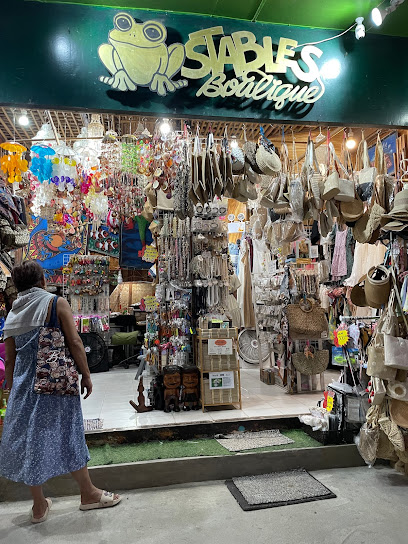
Happy Go Department Store-Boracay
Explore Happy Go Department Store in Boracay for diverse shopping options, from beach essentials to unique souvenirs, all in a vibrant setting.
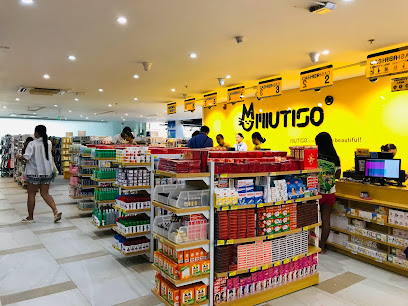
Small shop
Discover unique treasures and local craftsmanship at a charming boutique shop in Boracay, perfect for memorable souvenirs and gifts.
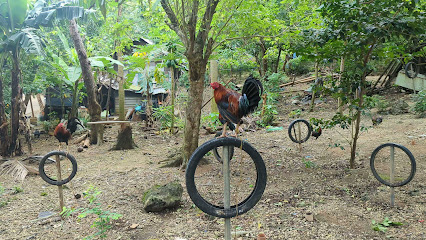
Mari-it Artworks
Discover unique handmade crafts and vibrant artworks at Mari-it Artworks, the heart of Boracay's creative community.
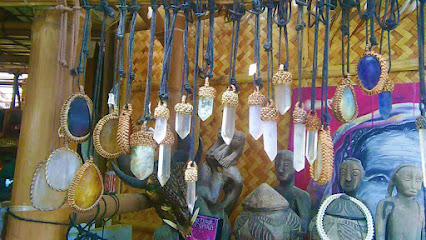
Atienza store
Discover the charm of Atienza Store in Boracay, where local culture meets unique shopping for an unforgettable experience.

Hally store
Discover unique souvenirs and trendy beachwear at Hally Store, the must-visit shopping destination in Boracay, Philippines.
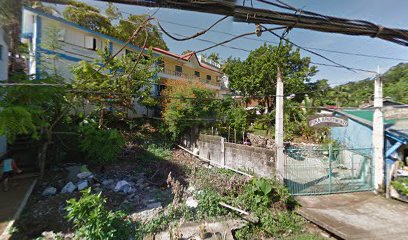
Essential bars & hidden hideouts
Sip Happens Wine Bar and Brewery
Discover Sip Happens Wine Bar and Brewery in Boracay – your go-to spot for exquisite wines, craft beers, and a vibrant island atmosphere.
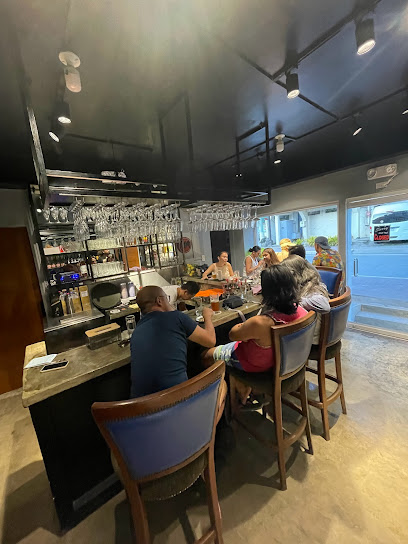
Hello, Sailor
Discover Hello, Sailor, the ultimate beachfront bar in Boracay where stunning views meet delicious cocktails and lively vibes.

GR8 Art Bar and Resto
Discover the vibrant GR8 Art Bar and Resto in Boracay, where delicious food, stunning views, and local culture come together for an unforgettable experience.

Sands Restaurant
Experience the vibrant flavors and breathtaking views at Sands Restaurant in Boracay, a tropical paradise for food lovers and nightlife seekers.
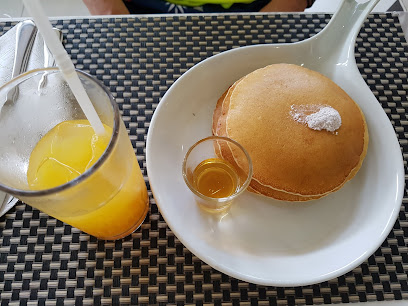
Temptation Island Bar And Mari-it Art Gallery
Experience the vibrant nightlife and local artistry at Temptation Island Bar and Mari-it Art Gallery in beautiful Boracay.

Alon Bar at Shangri-La's Boracay Resort & Spa
Discover Alon Bar at Shangri-La's Boracay Resort & Spa, where stunning ocean views and exquisite cocktails create an unforgettable tropical experience.

Rey's Grill and Resto Bar Boracay
Experience the vibrant atmosphere and delicious flavors at Rey's Grill and Resto Bar, a must-visit culinary destination on Boracay Island.
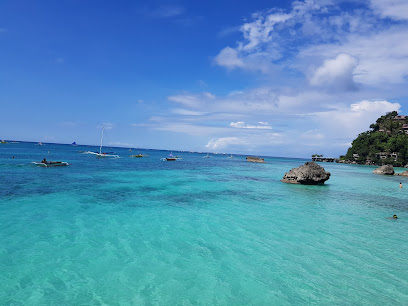
Tiki Bar and Private Beach
Experience the ultimate tropical escape at Tiki Bar and Private Beach in Aklan, where relaxation meets vibrant island culture and stunning views.
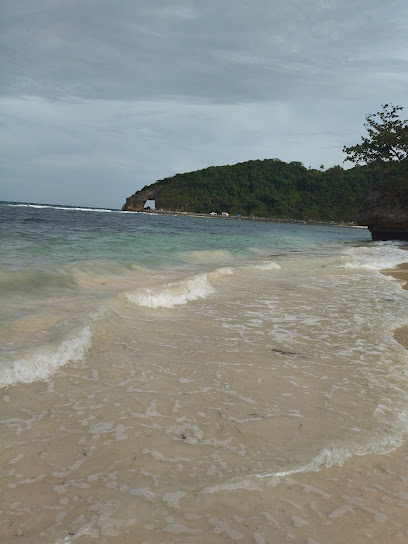
Fun Pub
Experience the lively nightlife of Boracay at Fun Pub, where refreshing drinks and vibrant entertainment meet in a tropical paradise.
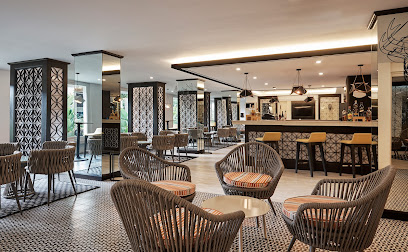
Pool Bar
Experience the charm of Boracay at the Pool Bar, where refreshing drinks meet breathtaking ocean views in a tropical paradise.

Local Phrases
-
- HelloKamustá
[ka-mus-ta] - GoodbyePaalam
[pa-a-lam] - YesOo
[o-o] - NoHindi
[hin-di] - Please/You're welcomePakiusap/Palakpak
[pa-kiu-sap/pa-lak-pak] - Thank youSalamat
[sa-la-mat] - Excuse me/SorryPaumanhin/Patawad
[pa-u-man-hin/pa-ta-wad] - How are you?Kamusta ka?
[ka-mus-ta ka] - Fine. And you?Mabuti. Ikaw?
[ma-bu-ti. i-kaw] - Do you speak English?Marunong ka ba mag-Ingles?
[ma-ru-nong ka ba mag-ing-gles] - I don't understandHindi ko maintindihan
[hin-di ko main-tin-di-han]
- HelloKamustá
-
- I'd like to see the menu, pleaseGusto kong makita ang menu, pakiusap
[gus-to kong ma-ki-ta ang me-nu pa-kiu-sap] - I don't eat meatHindi ako kumakain ng karne
[hin-di a-ko ku-ma-ka-in ng kar-ne] - Cheers!Mabuhay!
[ma-bu-hay] - I would like to pay, pleaseGusto kong magbayad, pakiusap
[gus-to kong mag-ba-ya-ad pa-kiu-sap]
- I'd like to see the menu, pleaseGusto kong makita ang menu, pakiusap
-
- Help!Tulong!
[tu-long] - Go away!Lumayo ka!
[lu-ma-yo ka] - Call the Police!Tawag sa pulis!
[ta-wag sa pu-lis] - Call a doctor!Tawag sa doktor!
[ta-wag sa dok-tor] - I'm lostNawawala ako
[na-wa-wa-la a-ko] - I'm illSakit ako
[sa-kit a-ko]
- Help!Tulong!
-
- I'd like to buy...Gusto kong bumili...
[gus-to kong bu-mi-li] - I'm just lookingNagmamasid lang ako
[nag-ma-ma-sid lang a-ko] - How much is it?Magkano ito?
[mag-ka-no i-to] - That's too expensiveMasyadong mahal iyan
[ma-sya-dong ma-hal i-yan] - Can you lower the price?Pwede bang babaan ang presyo?
[pwe-de bang ba-ba-an ang pres-yo]
- I'd like to buy...Gusto kong bumili...
-
- What time is it?Anong oras na?
[a-nong o-ras na] - It's one o'clockAlas uno na
[a-las u-no na] - Half past (10)Alas-diyes na
[a-las-di-yes na] - MorningUmaga
[u-ma-ga] - AfternoonHapon
[ha-pon] - EveningGabi
[ga-bi] - YesterdayKahapon
[ka-ha-pon] - TodayNgayon
[nga-yon] - TomorrowBukas
[bu-kas] - 1Isa
[i-sa] - 2Dalawa
[da-la-wa] - 3Tatlo
[tat-lo] - 4Apat
[a-pat] - 5Lima
[li-ma] - 6Anim
[a-nim] - 7Pito
[pi-to] - 8Walo
[wa-lo] - 9Siyam
[si-yam] - 10Sampu
[sam-pu]
- What time is it?Anong oras na?
-
- Where's a/the...?Nasaan ang...?
[na-saan ang] - What's the address?Ano ang address?
[a-no ang address] - Can you show me (on the map)?Pwede mo ba akong ipakita (sa mapa)?
[pwe-de mo ba a-kong i-pa-ki-ta sa ma-pa] - When's the next (bus)?Kailan ang susunod na (bus)?
[ka-i-lan ang su-su-nod na bus] - A ticket (to ....)Isang ticket (papuntang ....)
[i-sang ticket pa-pun-tang]
- Where's a/the...?Nasaan ang...?
History of Yapak
-
Yapak, located on the northern part of Boracay Island, has roots that trace back to pre-colonial times. The area was home to indigenous Malay tribes who lived off the land and sea, engaging in fishing, farming, and trade with neighboring islands. The natural beauty of Yapak, characterized by its stunning beaches and rich marine biodiversity, made it a desirable settlement for early communities.
-
During the Spanish colonization in the 16th century, Yapak, like much of the Philippines, underwent significant changes. The introduction of Christianity and Spanish governance altered the social structure and cultural practices of the local tribes. Catholic missions were established, and the Spanish legacy can still be seen in the traditional fiestas and religious celebrations that are an integral part of Yapak's culture today.
-
The impact of World War II reached Boracay, including Yapak, where the island was strategically important due to its location. During the Japanese occupation, local residents faced hardships, including forced labor and resource scarcity. However, the resilience of the community allowed them to endure and adapt, preserving their cultural identity despite the turmoil.
-
From the 1970s onwards, Boracay began to emerge as a premier tourist destination, and Yapak played a crucial role in this transformation. The development of resorts and infrastructure led to an influx of visitors, reshaping the local economy. However, this rapid growth also sparked discussions about environmental sustainability and the preservation of Yapak's cultural heritage amidst commercialization.
-
In recent years, there has been a concerted effort to preserve the rich cultural heritage of Yapak amidst the booming tourism industry. Local initiatives focus on promoting traditional crafts, culinary practices, and community-driven tourism. The annual Ati-Atihan Festival, celebrated in nearby Kalibo, also underscores the cultural vibrancy of the Aklan region, of which Yapak is a part, fostering a sense of pride and identity among residents.
Yapak Essentials
-
Yapak is accessible from other neighborhoods in Boracay, primarily White Beach and the Cagban Jetty Port, by tricycle or motorbike. The ride from White Beach to Yapak takes approximately 15-20 minutes. In addition, you can hire a private vehicle or join a guided tour that includes Yapak in its itinerary.
-
Yapak is best navigated by tricycles, which are the most common form of local transport. Bicycle rentals are also available for those who prefer to explore at their own pace. Walking is a great option for short distances, especially along the beach. Note that there are no trains or buses in Yapak.
-
Yapak is generally safe for tourists, but standard precautions should be observed. Avoid walking alone at night in less populated areas. While most of the neighborhood is safe, it is advisable to stay away from secluded beaches after dark, as they may not be well-lit and can attract petty crime.
-
In case of emergency, dial 911 for police, fire, or medical assistance. The nearest hospital is in Malay, which is about a 30-minute ride from Yapak. It is advisable to have travel insurance that covers medical emergencies. For minor health issues, local pharmacies are available for over-the-counter medications.
-
Fashion: Do wear light and breathable clothing suitable for the tropical climate. Don’t wear overly revealing swimwear outside beach areas. Religion: Do respect local customs, especially in religious sites, by dressing modestly. Public Transport: Do be polite and greet drivers when using tricycles. Don’t haggle excessively over fares. Greetings: Do greet locals with a friendly smile and a polite hello. Eating & Drinking: Do try local dishes, especially fresh seafood. Don’t waste food or drink excessively in public areas.
-
To experience Yapak like a local, consider visiting the quieter beaches such as Puka Shell Beach, where you can enjoy a more serene atmosphere. Participating in local festivals or events can also provide insight into the culture. Engage with local vendors at markets and don’t hesitate to ask for recommendations on where to eat or what to do.
Nearby Cities to Yapak
-
Things To Do in Legazpi
-
Things To Do in Tagaytay
-
Things To Do in Cebu City
-
Things To Do in Manila
-
Things To Do in Bohol
-
Things To Do in Subic
-
Things To Do in Angeles City
-
Things To Do in Puerto Princesa
-
Things To Do in Camiguin
-
Things To Do in Palawan
-
Things To Do in Cagayan de Oro
-
Things To Do in Siargao
-
Things To Do in Baguio
-
Things To Do in Zamboanga City
-
Things To Do in Sagada






